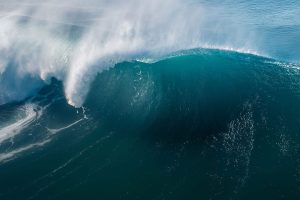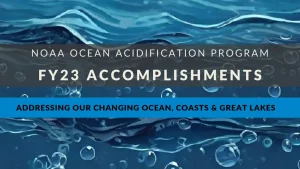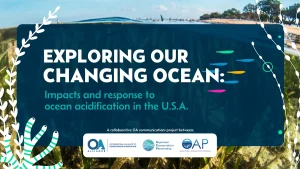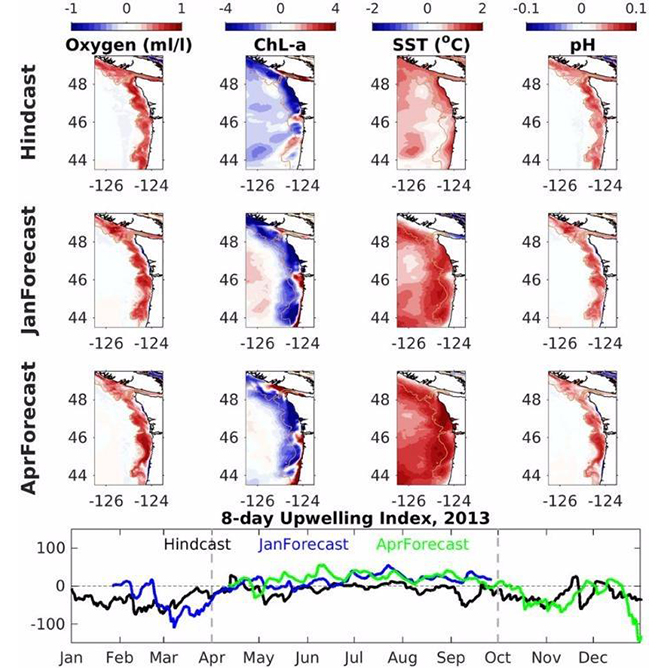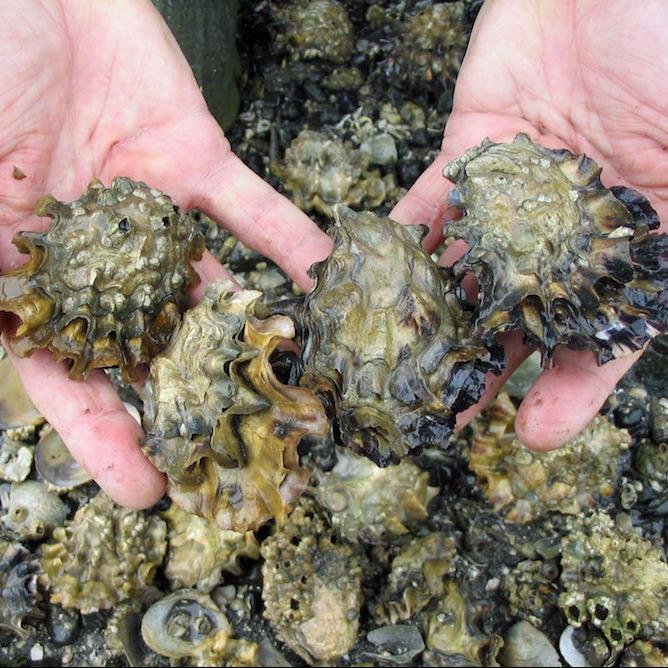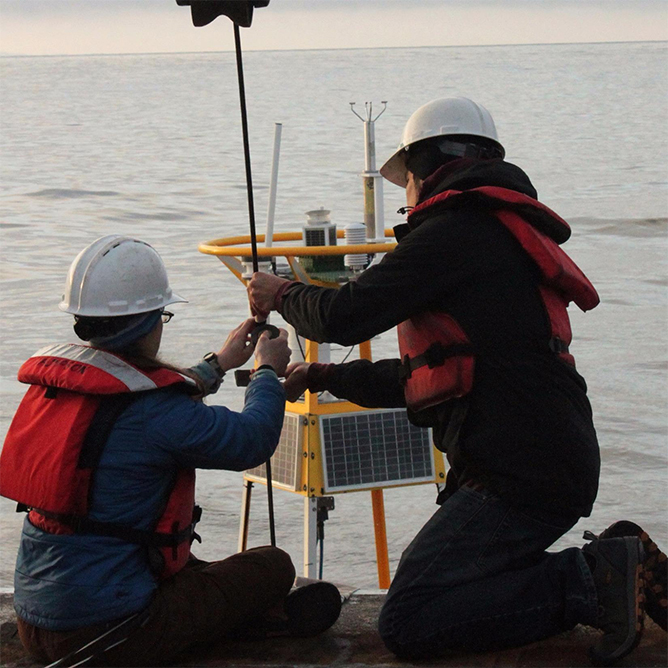Full proposals due Friday, February 26, 2021
The U.S. Integrated Ocean Observing System is seeking to fund projects which advance new or existing solutions that address long standing and emerging coastal modeling and forecast product development challenges. This announcement specifically funds activities needed to progress through the transitional stages from research toward full operations (such as system integration, testing, validation, and verification).
The priorities of this Notice of Funding Opportunity (NOFO) are summarized as follows:
- Improving parameterizations of coastal physics in community models
- Coupling the National Water Model (Office of Water Prediction) with ocean circulation models to understand and predict the combined effects of land processes (riverine input/land runoff) and ocean circulation (wind/waves/tides) on coastal inundation, sediment transport and water quality in the coastal zone
- Approaches to improve performance, speed, or accuracy of data assimilation algorithms
- Model evaluation and/or development of acceptance metrics for operational models
- Finding efficient approaches to transition ecosystem models (including, but not limited to, ocean acidification, harmful algal bloom (HAB), hypoxia, and pathogens) for incorporation into existing physical modeling frameworks
Pending appropriation of funds, NOAA’s U.S. Integrated Ocean Observing System anticipates awarding between three and five projects totaling $300,000 dollars per year for up to three years. Proposals not funded in the current fiscal period may be considered for funding in the next fiscal period (Fiscal Year 2021) without NOAA repeating the competitive process outlined in this announcement
Investigators are highly encouraged to visit the U.S. IOOS Coastal and Ocean Modeling Testbed website for more information about the Testbed: https://ioos.noaa.gov/project/COMT/ and https://ioos.us/comt/.
Full proposals must be received no later than 11:59 PM Eastern on Friday, 26 February 2021
Formal Notice of Funding Opportunity on grants.gov
